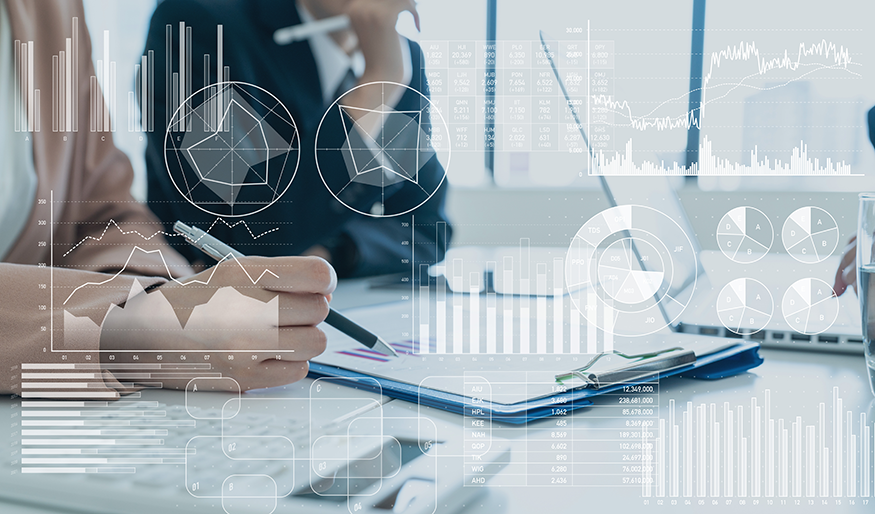The Mathematical Crystal Ball: Lifecycle Costing
Life cycle costing is the process of estimating how much money will be spent on a building or asset over the course of its useful life or the terms of ownership. Determining this amount can be a part of due diligence or an effective way to begin long term budgeting. Let’s look at the basics and purposes of life cycle costing.
The Basics
Also known as whole-life costing, life cycle costing can include initial investment, future investments, annual costs, and other recurring expenses. The process of calculating the life cycle cost of a property can often be used to determine its return on investment (ROI) before a purchase. It can also be used at the beginning of an ownership or management process to decide purchasing decisions and initial choices for investment.
Depending on the type of property an owner is trying to procure, life cycle costing can help owners determine potential value and resale price as well as whether the property itself is worth an initial investment.
Running the numbers
A building’s life cycle can be broken into many parts, but generally, they fall into introduction, growth, maturity, and decline. To calculate an asset’s life cycle, a property professional should look at expenses for purchase, installation, operating, maintenance, financing depreciation, and disposal. It is also important to consider possible “unexpected “ costs such as natural disasters. This is why it is important to consider the geographical implications of an asset’s location.
While life cycle costing is not a perfect vision of the life of a property, it can be a tool to create a proper estimate. It can inform vendor decisions and later leasing decisions, so it is certainly a key step in an acquisition.
Life cycle costing can also include intangible costs such as marketing expenses, legal expenses, or potential building-wide training. They should also include large initial costs such as land allocation or permitting. You can even factor in the cost of personnel time.
Small Scale
While life cycle costing is a great way to predict the future of an entire asset, it can also be used on specific purchases or investments. For example, a life cycle cost analysis could be performed on a new roof, HVAC replacement, or bleeding-edge technology upgrade. Taking the time to make projections on the potential purchase price, upkeep costs and potential replacement costs can help determine a certain path during a major purchase.
While lifecycle cost analysis is not always the perfect budgeting tool, it is useful when determining the operating and maintenance costs of larger systems and purchases. Overall, it is a necessary tool for acquisitions and purchases of assets and a great way to enter the process armed with knowledge.
https://www.patriotsoftware.com/blog/accounting/life-cycle-costing-process/ https://www.accountingtools.com/articles/life-cycle-costing.html https://www.cgma.org/resources/tools/cost-transformation-model/lifecycle-costing.html https://www.wbdg.org/resources/life-cycle-cost-analysis-lcca









